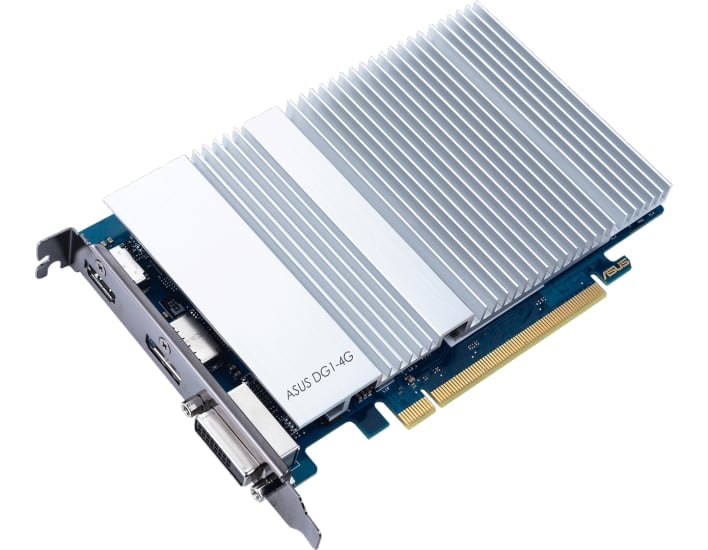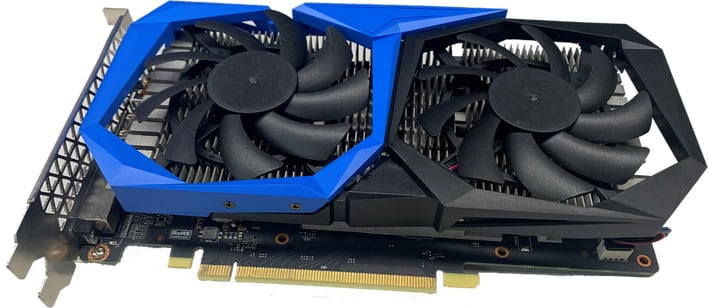Intel And OEMs Quietly Launch 12th Gen Iris Xe Discrete Desktop Graphics Cards

It doesn't appear that the graphics cards will be available in the retail channel, as Intel specifically states that they will be "sold to system integrators who will offer Iris Xe discrete graphics as part of pre-built systems." With that being said, Intel points out that these new discrete Iris Xe-based graphics cards will support three display outputs, Adaptive Sync, and DP4a deep-learning acceleration.
All the cards will have 80 execution units along with 4GB of onboard LPDDR4x memory running on a 128-bit memory bus. There’s no word yet on clock speeds, but the actual Iris Xe GPU is built on a 10nm SuperFin process node, which will also be leveraged for Intel's 12th generation Alder Lake processors arriving in the latter half of 2021.

Although Intel wasn't very forthcoming with its official announcement, we reached out to the company for additional information on the discrete graphics cards and were told that they will be paired with 9th generation Coffee Lake-S and 10th generation Comet Lake-S processors. As for chipset support, Intel says that only B460, H410, B365, and H310C motherboards will be compatible. And taking things one step further, Intel claims that all supported motherboards will need a special BIOS to work with Iris Xe desktop graphics cards.
At this point, Intel has provided images of two desktop graphics cards, one of which is made by ASUS (the image at the top of this article). The ASUS DG1-4G is a single-slot solution that is passively cooled. Although it's hard to tell, it appears that it has a DVI, DisplayPort and HDMI connector on its backplate. The second, unnamed graphics card is a two-slot solution with a relatively meager-looking aluminum heatsink that is topped off with dual cooling fans.
We’ll update this article with additional information as it is made available to us.

